For L-1011:
The Lockheed L-1011 TriStar (pronounced "El-ten-eleven")[1] is an American medium-to-long-range, wide-body trijet airliner built by the Lockheed Corporation. It was the third wide-body airliner to enter commercial operations, after the Boeing 747 and the McDonnell Douglas DC-10. The airliner has a seating capacity of up to 400 passengers and a range of over 4,000 nautical miles (7,410 km; 4,600 mi). Its trijet configuration has three Rolls-Royce RB211 engines with one engine under each wing, along with a third engine center-mounted with an S-duct air inlet embedded in the tail and the upper fuselage. The aircraft has an autoland capability, an automated descent control system, and available lower deck galley and lounge facilities.
The L-1011 TriStar was produced in two fuselage lengths. The original L-1011-1 first flew in November 1970 and entered service with Eastern Air Lines in 1972. The shortened, longer range L-1011-500 first flew in 1978 and entered service with British Airways a year later. The original-length TriStar was also produced as the high gross weight L-1011-100, the up-rated engine L-1011-200, and the further upgraded L-1011-250. Post-production conversions for the L-1011-1 with increased takeoff weights included the L-1011-50 and L-1011-150.
The L-1011 TriStar's sales were hampered by two years of delays due to developmental and financial problems at Rolls-Royce, the sole manufacturer of the aircraft's engines. Between 1968 and 1984, Lockheed manufactured a total of 250 TriStars, assembled at the Lockheed plant located at the Palmdale Regional Airport in southern California north of Los Angeles. After L-1011 production ended, Lockheed withdrew from the commercial aircraft business due to its below-target sales.[2] As of 2025, only one L-1011 is in service, as Stargazer.
For Delta Air Lines
Delta Air Lines is a major airline in the United States headquartered in Atlanta, Georgia.[1] It is the United States's oldest operating airline and the seventh-oldest operating worldwide.[7] Delta, along with its regional subsidiaries and contractors operating under the brand name Delta Connection, operate over 5,400 flights daily and serve 325 destinations in 52 countries on six continents.[8][9] Delta is a founding member of the SkyTeam airline alliance.[9] As of the end of 2023, it had 100,000 employees.[10]
Delta has nine hubs, with Hartsfield–Jackson Atlanta International Airport being its largest in terms of total passengers and number of departures.[9] It is ranked second among the world's largest airlines by number of passengers carried, passenger miles flown, and fleet size. It is ranked first by revenue for commercially owned airline companies as well as in brand value, and 113th on the Fortune 500.[11][12] Delta was ranked first in the annual rankings of top airlines by The Wall Street Journal in 2022, 2023, and 2024 and ranked first in the 2024 Readers’ Choice Awards of Best Airlines in the U.S. by Condé Nast Traveler.[13][14]
For Delta Air Lines 191 :
Delta Air Lines Flight 191 was a regularly scheduled Delta Air Lines domestic service from Fort Lauderdale, Florida, to Los Angeles, California, with an intermediate stop at Dallas/Fort Worth International Airport (DFW). On August 2, 1985, the Lockheed L-1011 TriStar operating Flight 191 encountered a microburst while on approach to land at DFW. The aircraft impacted ground just over one mile (1.6 km) short of the runway, struck a car near the airport, collided with two water tanks and disintegrated. Out of the 163 occupants on board, 137 people died and 25 others were injured in the accident.[a]
The National Transportation Safety Board (NTSB) determined that the crash resulted from the flight crew's decision to fly through a thunderstorm, the lack of procedures or training to avoid or escape microbursts and the lack of hazard information on wind shear. Forecasts of microbursts improved in the following years, with USAir Flight 1016 being the only subsequent microburst-induced crash of a commercial, fixed-wing aircraft in the United States as of 2024.[7]
Bouns AG-7 Is Gyro AP
Moblie
Specifications
Spotlights
- Aviationguy24 2 months ago
- SimlpeVietnam 2 months ago
General Characteristics
- Predecessor Lockheed L-1011-1 Tristar
- Successors 1 airplane(s) +14 bonus
- Created On Windows
- Wingspan 149.6ft (45.6m)
- Length 180.2ft (54.9m)
- Height 55.7ft (17.0m)
- Empty Weight N/A
- Loaded Weight 131,183lbs (59,504kg)
Performance
- Power/Weight Ratio 0.565
- Horse Power/Weight Ratio 0.022
- Wing Loading 23.5lbs/ft2 (114.5kg/m2)
- Wing Area 5,592.2ft2 (519.5m2)
- Drag Points 20717
Parts
- Number of Parts 812
- Control Surfaces 9
- Performance Cost 4,422

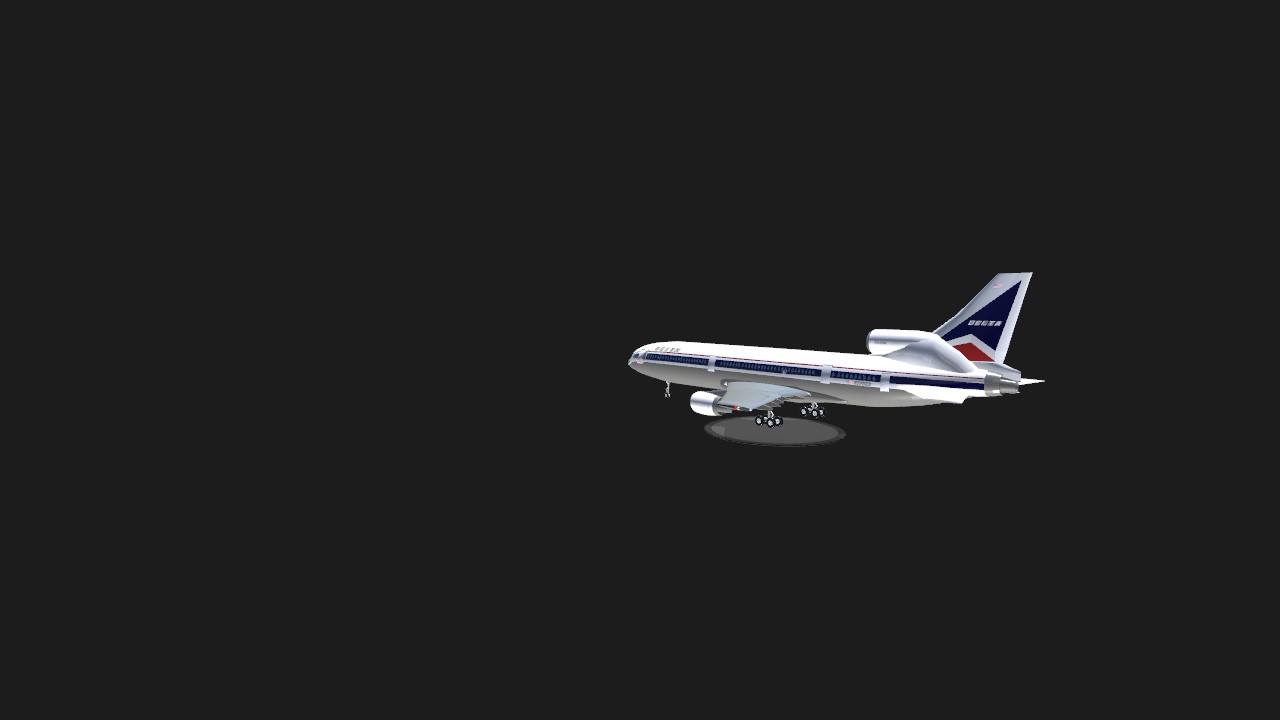
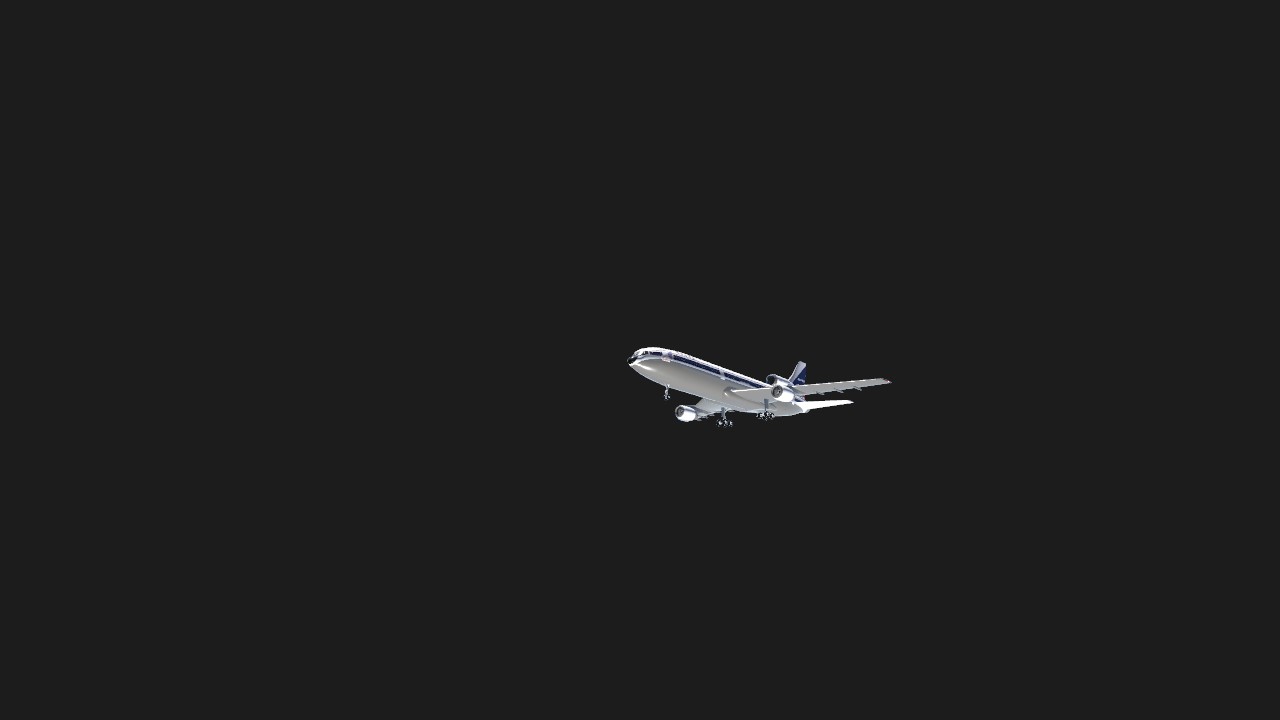
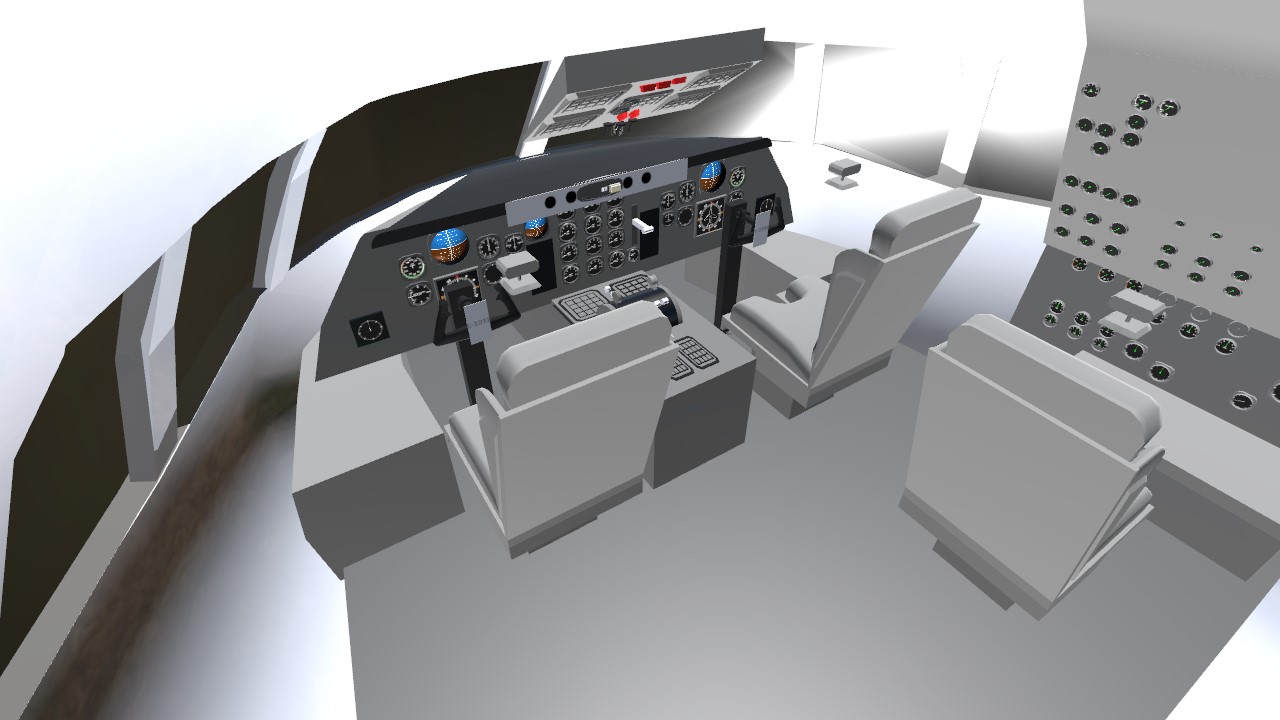
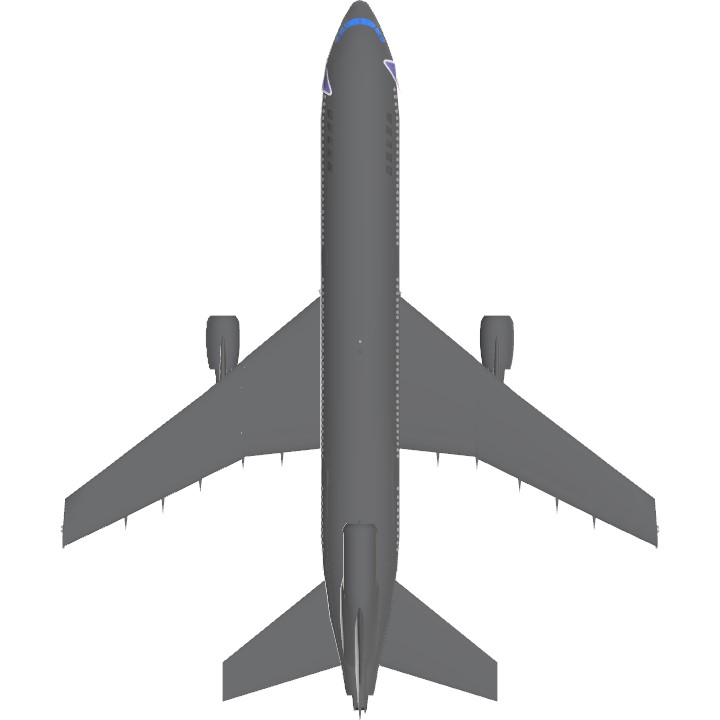
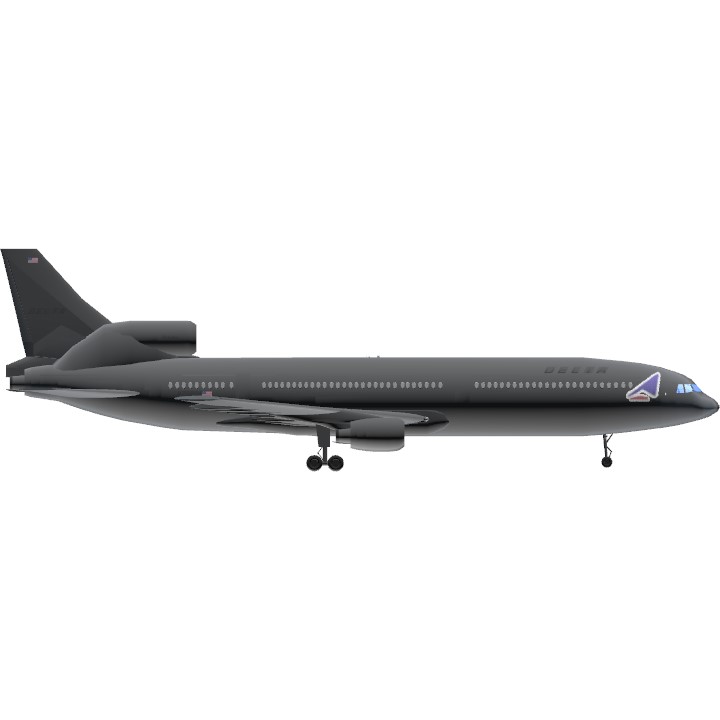
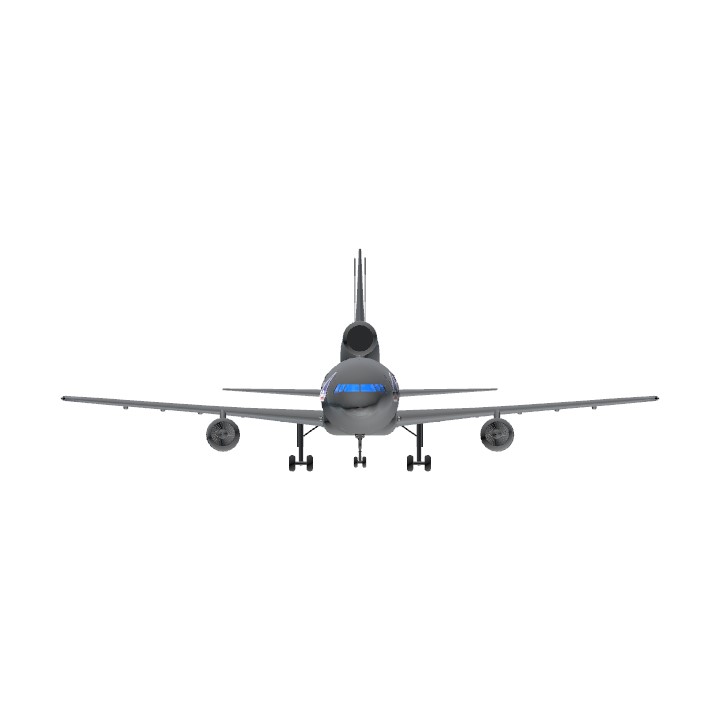
DELTA 191?
@Bluesyn I crashed him
Amazing!